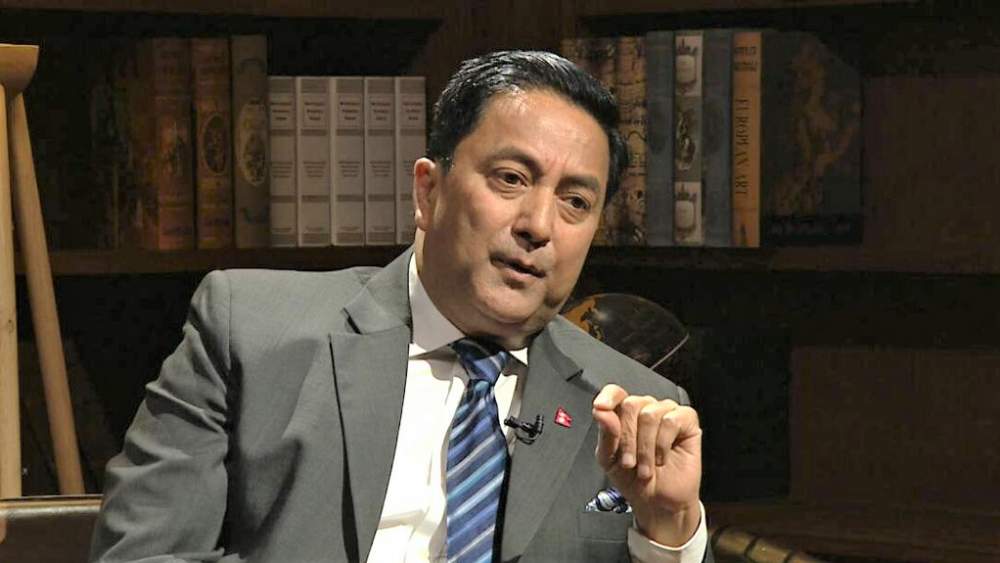

Maj Gen Binoj Basnyat (retd) writes to Society a f Policy Studies, the Southasiamonitor.org. The geopolitical and geo-economic environment of South Asia post-COVID-19 must be well analyzed and evaluated for future action considering that Sino-US and Sino-Indo relations will not remain the same.
Geopolitical strategic trends in South Asia is not what it used to be. South Asia is proceeding towards newer alignments. The current geopolitical realities will have a direct impact on maintaining political trust in border management with immediate neighbors.
Therefore, the geopolitical & geo-economic environment of South Asia post-COVID-19 must be well analyzed & evaluated for future action considering that Sino-US and Sino-Indo relations will not remain the same.
The northern borders adjoining China along the Himalayas will continue to be of concern to both China and India. Here, the traditional mechanism of foreign policy management may not prevail.
Irrational moves may put the Non-Alignment Movement (NAM) and the Bangladesh Bhutan India Nepal Motor Vehicle Agreement (BBIN MVA) on the ventilator.
Three measures could be adopted for immediate & long term border management:
1.Domestic
a) Prepare a separate Border Security Force;
b) Revamp and review the roles of strategic organizations for national security;
c) Establish a system for border management.
2. Nepal-India
a) Start bilateral talks between Foreign Secretaries to lay the groundwork
b) Prepare for a political agreement.
c) Bring out the Eminent Person Group (EPG) report
d) Revival of the 1981 Joint Technical Level Nepal-India Boundary Committee report, now taken over by the
Boundary Working Group established in 2014. The ratification of the report was installed in 2007 by Nepal. (31 incidents of encroachment and 1,240 of the 8,000 boundary pillars along the Nepal-India border are missing but the working group delineated 98 percent of the India-Nepal boundary excluding Kalapani and Susta. The process has not been completed as Nepal has maintained that the map will be ratified only after all boundary issues including Kalapani and Susta are settled)
3) Nepal-China
a) Revisit the 1961 border agreement with China for effective Nepal-China border management system
Basnyat is a Strategic Analyst and a Columnist and Retired Maj Gen of the Nepalese Army
Comment